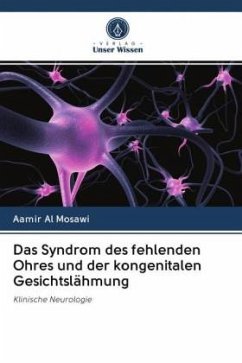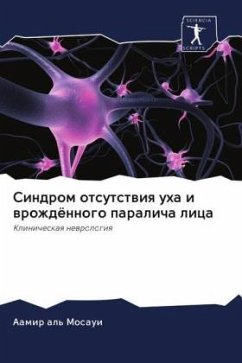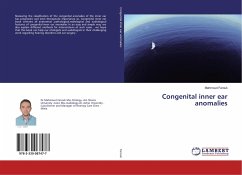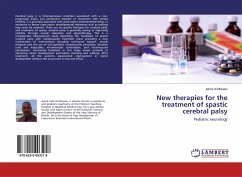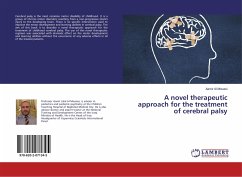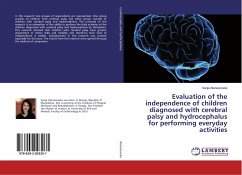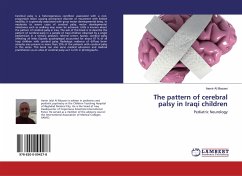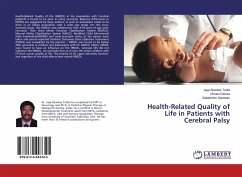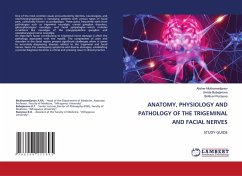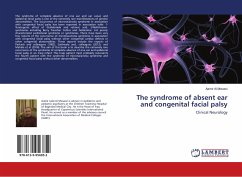
The syndrome of absent ear and congenital facial palsy
Clinical Neurology
Versandkostenfrei!
Versandfertig in 6-10 Tagen
27,99 €
inkl. MwSt.

PAYBACK Punkte
14 °P sammeln!
The syndrome of complete absence of one ear and ear canal, and ipsilateral facial palsy is one of the extremely rare manifestations of genetic abnormalities. The occurrence of microtia/anotia syndrome in association with congenital facial palsy has been reported in association with: 1-Teratogenic effect of thalidomide and retinoic acid. 2-Well-Known syndromes including Berry Treacher Collins and Goldenhar. 3-A poorly characterized cardiofacial syndrome or syndromes. There have been very few reports of the occurrence of microtia/anotia syndrome in association with congenital facial palsy withou...
The syndrome of complete absence of one ear and ear canal, and ipsilateral facial palsy is one of the extremely rare manifestations of genetic abnormalities. The occurrence of microtia/anotia syndrome in association with congenital facial palsy has been reported in association with: 1-Teratogenic effect of thalidomide and retinoic acid. 2-Well-Known syndromes including Berry Treacher Collins and Goldenhar. 3-A poorly characterized cardiofacial syndrome or syndromes. There have been very few reports of the occurrence of microtia/anotia syndrome in association with congenital facial palsy without other congenital cardiac defects or other congenital abnormalities. These reports include the reports of Parkash and colleagues (1982), Gathwala and, colleagues (2013), and Mahale et al (2016). The aim of this book is to describe the extremely rare occurrence of the syndrome of complete absence of one ear and ipsilateral facial palsy in an Iraqi infant. This Iraqi patient most probably represents the fourth patient with the syndrome of microtia/anotia syndrome and congenital facial palsy without other abnormalities.



